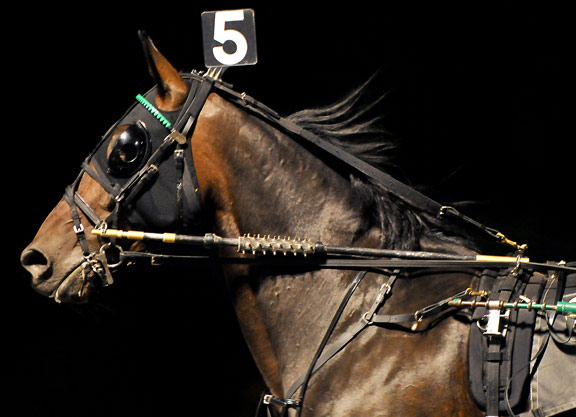The New York State Gaming Commission adopted three new wagering rules that will provide bettors more options in the sport of harness racing in New York. The rules were adopted by the Commission at the Nov. 30 meeting and will take effect on upon publication in the State Register.
“The new wagering formats will provide increased opportunities for bettors, and, we hope, increase interest in the sport. Any increase in handle is beneficial, as it ultimately leads to incremental purse offerings at racetracks here in New York,” said Commission Executive Director Robert Williams.
The rules adopted are as follows:
- Pick Six Jackpot
The Pick Six Jackpot rule, also known as the “Rainbow or “Jackpot” wager, will appeal to bettors by providing a larger prize when there is only one winning wager from a pool. If there is more than one winning ticket, then the major portion of the day's pool is paid out to those who selected six of six winners, and the minor pool is added to the carryover. The carryover gets paid out when there is a unique winning ticket, or when there is an intermediate or final distribution approved by the Commission, which would occur at the end of a race meeting. This new wager parallels the Commission's Thoroughbred racing pick-six jackpot rule.
- Jackpot Super High Five Pools
The new wager option requires the selection of the first five finishers in a single race in the correct order of finish. The entire pool would be paid to the bettor with a unique winning ticket, if there is only one winning ticket. If there is not only one winning ticket, the net pool would be split into a major pool and minor pool. The major pool would be a carryover in the next Jackpot Super High Five pool and the minor pool would be divided among all winning wagers. Additionally, the rule provides for contingencies in the event of dead heats and races with fewer than five entrants.
- Triple Wager
The new rule amends the triple wager rule for harness racing, which requires the selection of the first three finishers in a single race in the exact order of finish by reducing the number of entries in a race for which the triple is permitted from six to five.
Not a subscriber? Click here to sign up for the daily PDF or alerts.






